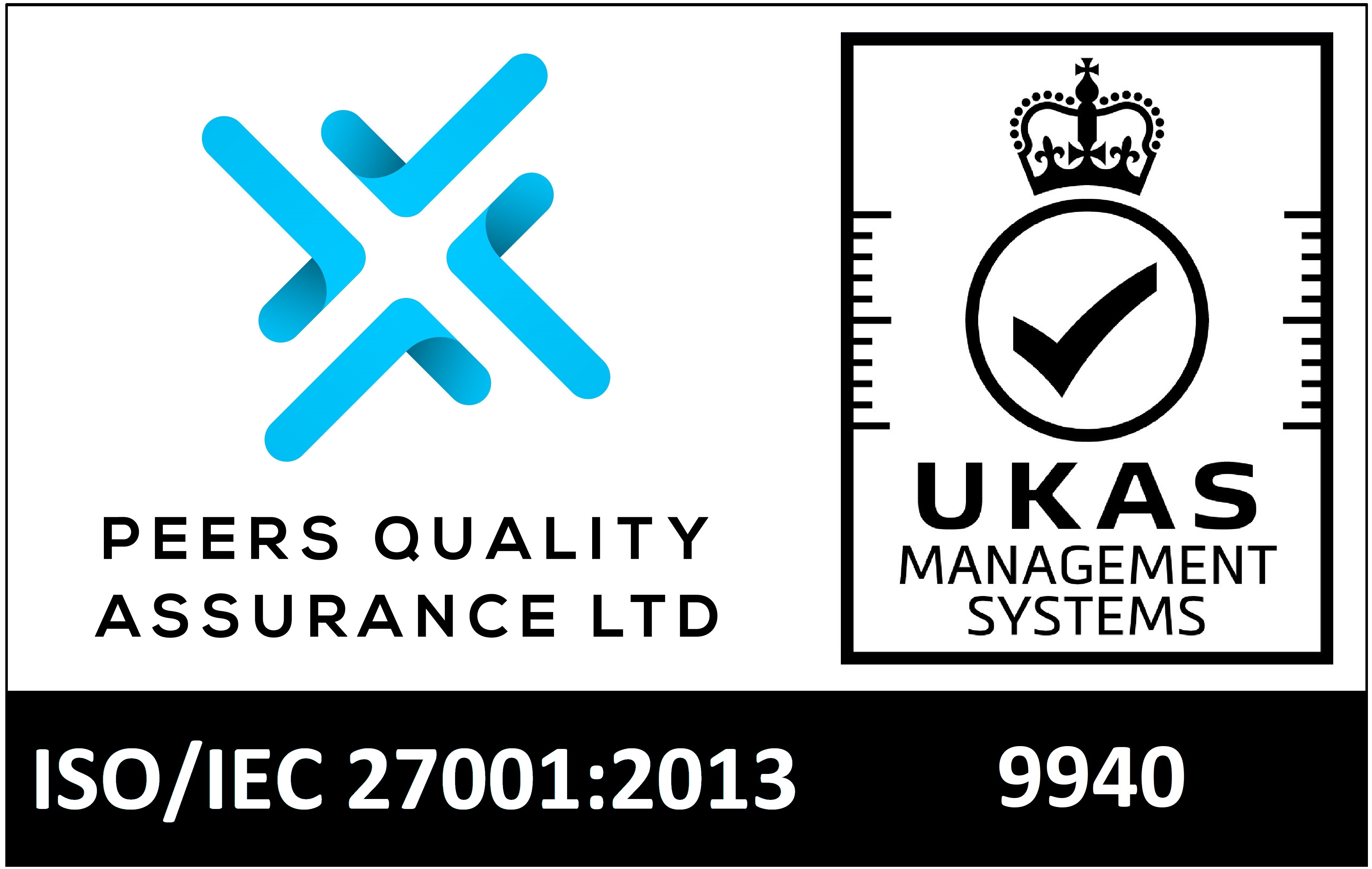November every year marks Men’s Health Awareness Month in which it is now known commonly as ‘Movember’, which aims to raise awareness of men’s health, particularly prostate cancer, testicular cancer, and mental health. In this blog, we will be focusing on testicular cancer and how you should be regularly checking your testicles for early signs of cancer, as early detection saves lives.
Testicular cancer – some fast facts
Testicular cancer is a relatively rare type of cancer accounting for 1% of all new cancer cases in males. However, it is the most common cancer in men aged 15-49 years in the UK 1, with testicular cancer rates peaking in the 30-34 age group. Testicular cancer for reasons that are unclear is more common in White males, then Asian or Black males3.
Like many cancers, the incidence of testicular cancer has risen significantly since the 1990s and twice as many British men are now getting the disease as they did in the mid-1970s2.
There are no known preventable risk factors that have been identified that increase the risk of testicular cancer and as a result, it is not possible to prevent testicular cancer. However, several factors have been identified that could increase your risk of developing the disease and these are4:
- Undescended testicle(s) as a baby
- Family history – having a close family member who had testicular cancer or an undescended testicle(s) as a baby can increase your risk
- Previous testicular cancer - men who have been previously diagnosed with testicular cancer are between 12 and 18 times more likely to develop it in the other testicle
The good news is that following diagnosis and treatment of testicular cancer, long term survival is excellent with 10-year survival rates of 98%, so early detection is key.
Why it’s important to check your balls!
Self-examination is a simple and entirely safe method of detecting changes in your testicles. It is important to do this regularly to be aware of your ‘normal’ testicles and therefore to detect changes at an early stage. Early detection nearly always leads to less invasive treatments and better outcomes as cancer can be treated sooner.
In this blog we are going to show you how you can perform a self-examination; you don’t have to be an expert; you just need to get to know your testicles and what your ‘normal’ is.
How to perform a testicular self-examination – a step by step guide
Self-examination is an essential part of being testicular aware, it takes less than 10 minutes and you do not have to be an expert to perform it. The main purpose of self-examination is that you become familiar with what is ‘normal’ for your testicles, so you can spot any differences.
Equipment needed:
- A hot shower with soap
- Your hands and eyes!
Handy Hint – when should you perform your self-examination?
We recommended that you perform a testicle self-exam every three months, you can do it every month if you prefer. The most important thing is to get into a regular habit of self -examination, it may be helpful to set a reminder in your phone.

Awareness and early detection of any changes lie at the heart of effective treatment for cancer, so do make sure that you take time to check your balls; and don’t hesitate to let your GP, or specialist, know about any changes that don’t seem normal for you; no matter how small.
References
1, 2 http://itsinthebag.org.uk/ball-checking/facts/
3 https://www.cancerresearchuk.org/health-professional/cancer-statistics/statistics-by-cancer-type/testicular-cancer#heading-Zero
4 https://www.nhs.uk/conditions/testicular-cancer/




